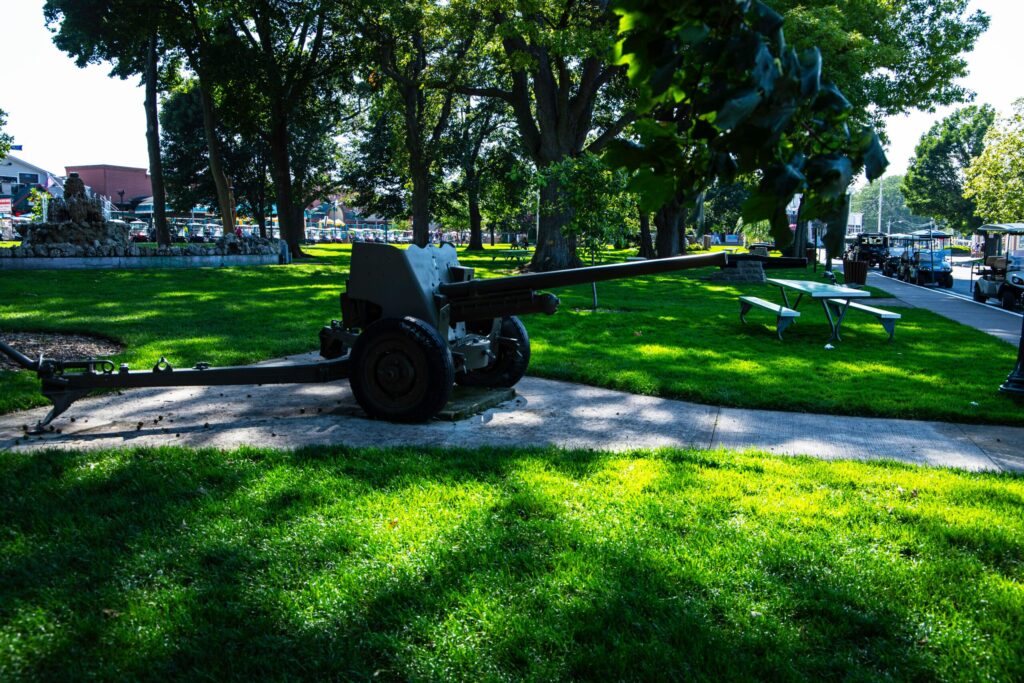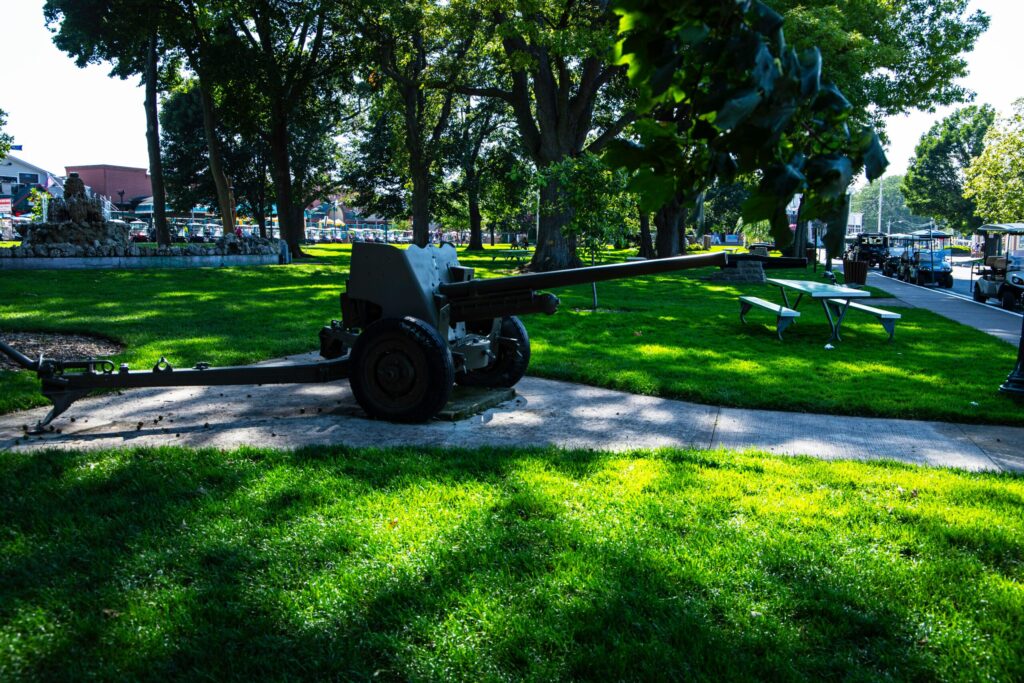
Background of Drone Incidents
The recent drone incidents involving North Korea and South Korea have further strained the already fragile relationship between the two nations. North Korea has alleged that South Korean drones infiltrated its airspace, specifically over Pyongyang, to deploy anti-North Korean propaganda leaflets. This assertion not only reflects the heightened tensions but also underscores the ongoing psychological warfare often employed in the region. Propaganda leaflets traditionally serve to disseminate information that challenges the legitimacy of the ruling regime, thus creating an atmosphere of dissent among the populace.
Unmanned aerial vehicles, or drones, have become instrumental in modern military strategies, offering capabilities for surveillance, reconnaissance, and psychological operations without risking human lives. Their utilization has revolutionized the battlefield, particularly in the context of North Korea, where these aerial devices are perceived as significant threats. The drones reported by North Korea signify an evolution in tactics employed by the South to undermine the North’s power structure. In turn, North Korea’s aggressive stance towards these incursions is indicative of its sensitivity to external influences and information dissemination that could potentially destabilize its governance.
The history of confrontations between North and South Korea is rich with events that have shaped the current geopolitical landscape. Previous incidents, including military confrontations and naval skirmishes, establish a formidable backdrop for the recent drone activities. These historical precedents have led North Korea to maintain a vigilant defensive posture, responding to perceived provocations with military preparedness. As drone technology continues to advance, the implications for military strategy and international diplomacy between the Koreas will likely evolve, demanding careful consideration and response from both parties involved.
North Korea’s Military Response
In response to the reported drone flights from South Korea, North Korea’s military has adopted a posture of heightened readiness along its border. Following these developments, the Korean People’s Army (KPA) has issued explicit orders to its artillery units, signaling a significant escalation in military preparedness. This heightened state of alert indicates that North Korean forces are prepared to react decisively to any perceived threats, reinforcing the notion that the country prioritizes swift military action as a deterrent strategy.
Military strategies employed by North Korea often include increased troop mobilization and the activation of various military assets, particularly those stationed near the Demilitarized Zone (DMZ). These measures serve not only as tactical preparations but also as a message to potential aggressors, illustrating that any incursion, whether real or perceived, will lead to a robust defensive posture. The rhetoric surrounding these military responses is crucial, as it shapes both domestic and international perceptions of North Korea’s resolve and capabilities.
Notably, Kim Yo-jong, the influential sister of North Korean leader Kim Jong-un, has made statements underscoring the necessity for military readiness against invasions. Such rhetoric reflects historical patterns where North Korea has utilized a firm military response to external threats to reinforce national sovereignty. The current military posturing can be traced back to decades of tension in the region, where North Korea has consistently viewed South Korea and its alliances with Western powers as existential threats. As recent events unfold, the potential implications of North Korea’s military strategy and its historical context must be carefully examined, particularly regarding regional stability and the balance of power on the Korean Peninsula.
Reactions from South Korea and the International Community
The increasing military readiness demonstrated by North Korea has elicited a robust reaction from South Korea’s defense ministry. South Korean authorities have expressed grave concerns regarding the implications of North Korea’s threats, which they interpret as significant escalations in the already tense military landscape of the Korean Peninsula. The South Korean government has reiterated its commitment to maintaining a strong defense posture, emphasizing readiness to respond to any aggressive actions that may arise from Pyongyang. Officials have publicly warned that any hostile maneuvers would provoke a decisive counteraction, underscoring the seriousness with which they assess North Korea’s rhetoric and military activities.
In analyzing North Korea’s claims and behavior, South Korea’s defense ministry has raised the possibility that these threats may serve dual purposes, including internal propaganda to bolster nationalistic sentiment and a strategy aimed at drawing international attention. This perspective suggests an awareness of how North Korea utilizes media narratives to further its political objectives, complicating the potential for diplomatic resolutions. Given the reciprocal nature of these tensions, South Korea is prepared to engage in strategic dialogues while simultaneously enhancing its military readiness.
Beyond South Korea, the international community has responded with a mix of caution and condemnation. Various nations and organizations, including the United Nations, have voiced their concerns regarding North Korea’s continued militarization and disregard for resolutions aimed at promoting peace in the region. Diplomatic efforts have been called for, emphasizing the need for de-escalation and dialogue. However, the prevailing sentiment remains one of vigilance, as countries monitor the situation closely, ready to react to any significant shifts in North Korea’s posture. This collective response reflects an understanding of the broader implications of the escalating tensions on regional and global stability.
Implications for Future Relations Between North and South Korea
The recent surge in military readiness by North Korea, particularly in response to drone activities from South Korea, raises critical implications for the future relations between the two nations. As both countries navigate heightened tensions, the potential consequences for peace talks and diplomatic initiatives become increasingly significant. The escalation of rhetoric and military exercises could obstruct any attempts to resume dialogue, which are essential for fostering stability in the region.
From a regional security perspective, the current situation presents a precarious balance, where any miscalculation could lead to military conflict. North Korea’s assertive posture not only heightens vulnerabilities within South Korea but also impacts neighboring countries, who may be compelled to reevaluate their own military strategies and alliances. The dynamics of regional security are thus interconnected, forcing stakeholders to consider the broader implications of their actions and rhetoric. Increased military readiness might intimidate South Korea but could also provoke a stronger military response, leading to an escalation spiral that exacerbates hostilities.
The potential impact on civilians cannot be underestimated. Heightened military tensions often translate to an environment of fear and uncertainty for those living in proximity to the border. Both North and South Korea have civilians whose lives are profoundly affected by the ongoing military posturing. Disruption of daily life, economic instability, and psychological strain are direct consequences of such strained relations. Furthermore, humanitarian efforts may take a backseat as governments prioritize defense over aid, further complicating the situation for ordinary citizens.
Ultimately, the future of inter-Korean relations will hinge on both nations’ willingness to engage in constructive dialogue. Historical patterns suggest that while provocations may escalate tensions, they may also pave the way for eventual negotiations, depending on changes in political dynamics and leadership decisions. Therefore, identifying pathways for de-escalation and emphasizing diplomatic engagement will be critical in shaping the region’s stability moving forward.

